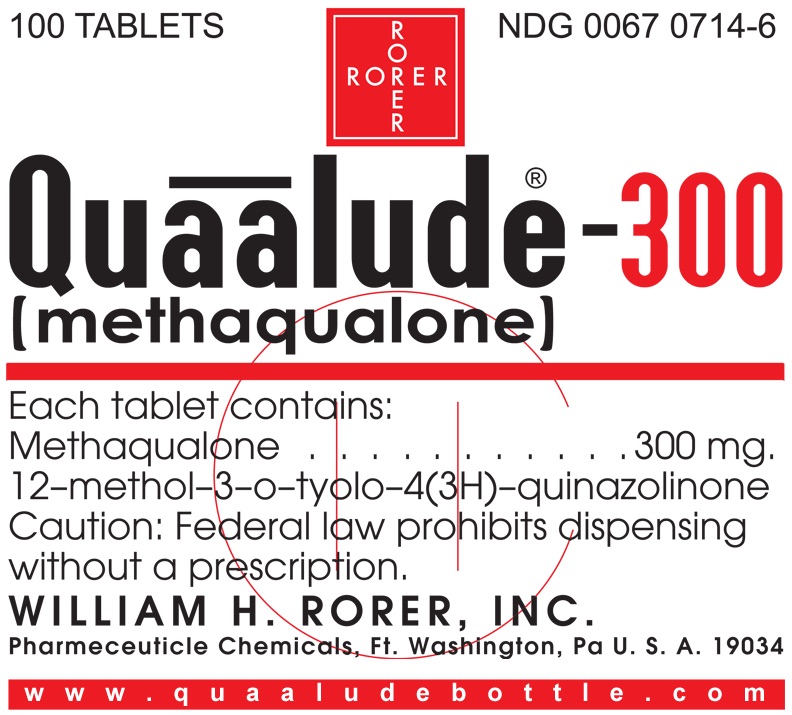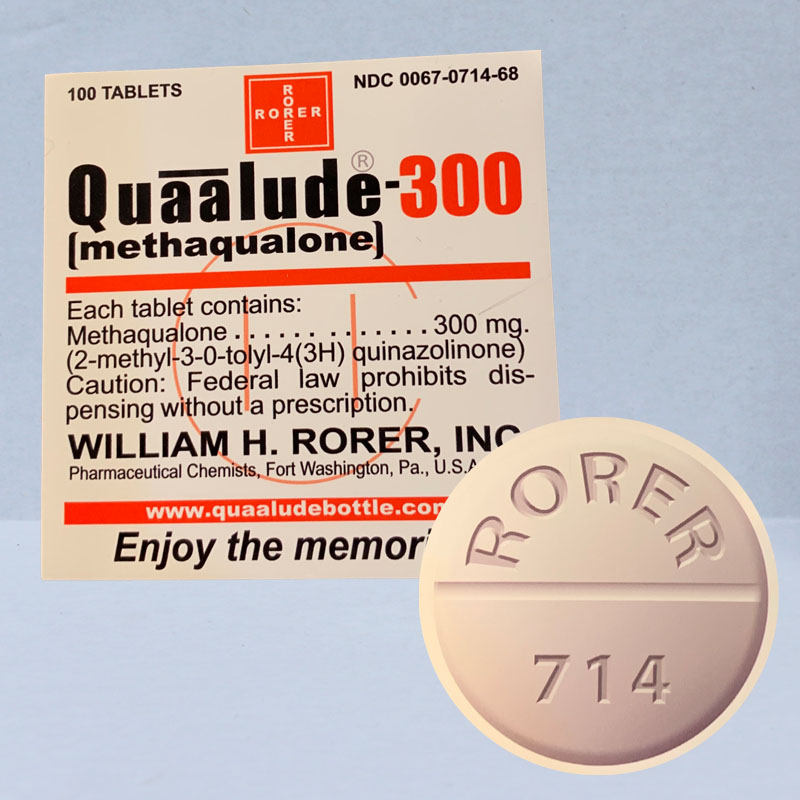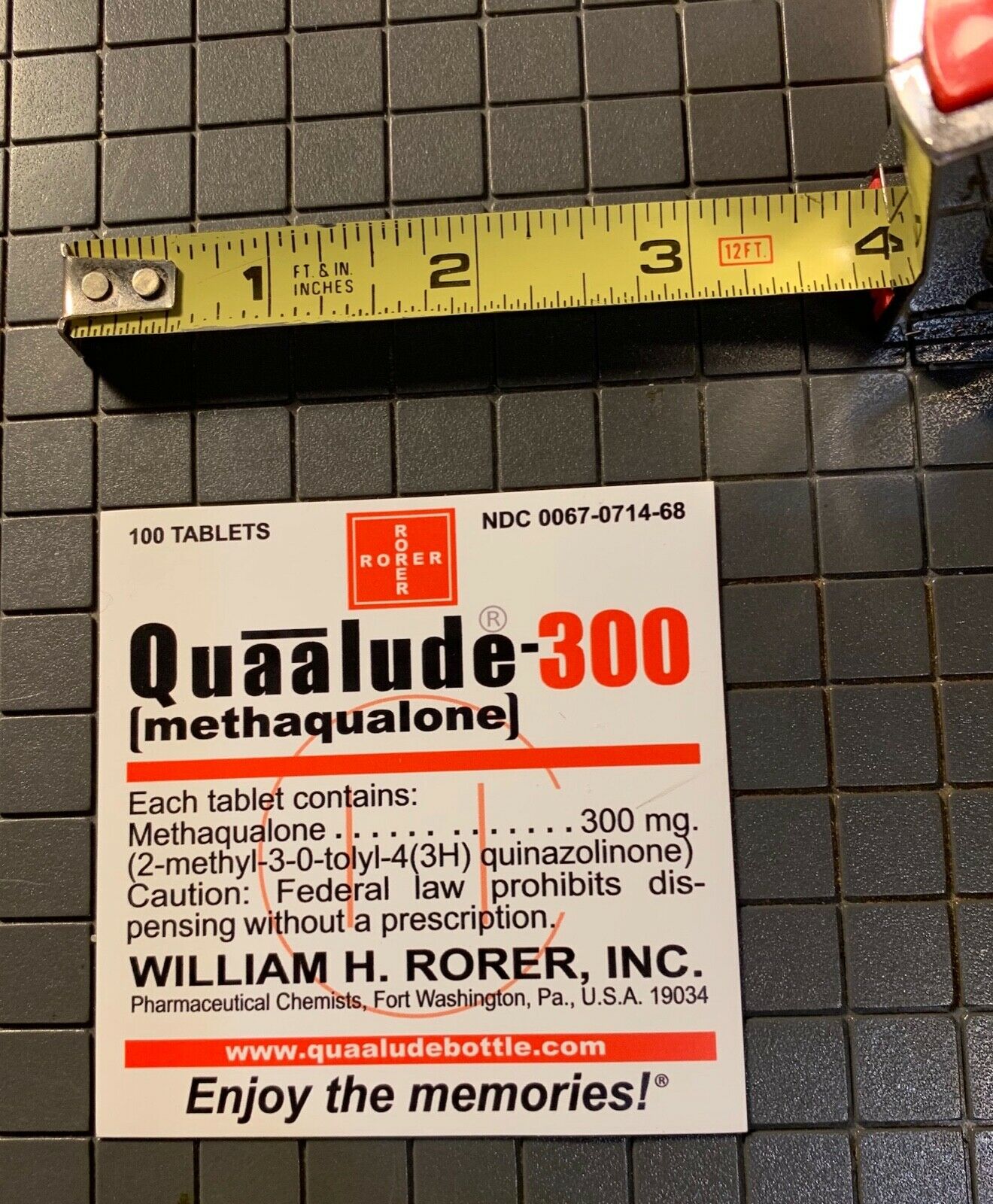Let’s talk about Quaaludes, shall we? If you’ve ever come across the term or heard it in songs, movies, or even old-school conspiracy theories, you’re not alone. Quaaludes were once the go-to drug for relaxation, sedation, and sleep back in the day. But what exactly are they today? Are they still around, or have they faded into history like so many other things from the 70s? This comprehensive guide will break it all down for you, so buckle up, my friend, because we’re diving deep into the world of modern Quaaludes.
Quaaludes, or as they’re more formally known, methaqualone, were all the rage in the 1960s and 70s. They were prescribed for insomnia, anxiety, and even as a muscle relaxant. But as with many things that seem too good to be true, their dark side eventually caught up. Today, Quaaludes are banned in most countries, including the US, but that doesn’t mean they’ve disappeared completely. Stick around, and we’ll explore everything you need to know.
Now, you might be wondering why this matters. Well, in today’s world where substances can re-emerge in different forms, it’s crucial to understand what Quaaludes are, their effects, and why they’re considered dangerous. Whether you’re curious, concerned, or just plain nosy, this guide has got your back.
Read also:Spooky Specter Kratom
What Exactly Are Quaaludes?
Quaaludes, also known as methaqualone, are a type of sedative-hypnotic drug that was first synthesized in India in the 1950s. Initially, they were hailed as a safer alternative to barbiturates, which were infamous for their addictive nature and potential for overdose. However, as time went on, it became clear that Quaaludes had their own set of problems.
Back in the day, Quaaludes were often prescribed for sleep disorders, anxiety, and even as an anesthetic in some cases. They gained popularity not just in the medical world but also in the recreational scene, where they were used as a party drug. The infamous "Ludes" craze of the 70s is still talked about today, often with a mix of nostalgia and caution.
How Do Quaaludes Work?
Quaaludes work by enhancing the effects of a neurotransmitter called GABA in the brain. GABA is responsible for reducing neuronal excitability, which means it helps calm the brain and nervous system. By increasing GABA activity, Quaaludes produce a sedative effect, making users feel relaxed, drowsy, and sometimes even euphoric.
However, like many drugs, the effects can vary depending on the dose, the individual’s tolerance, and how it’s consumed. At lower doses, Quaaludes can make you feel mellow and relaxed, while higher doses can lead to deep sedation and even unconsciousness. This is why they were often used recreationally, especially in social settings.
Why Were Quaaludes Banned?
The ban on Quaaludes wasn’t just a random decision; it was the result of growing concerns about their safety and potential for abuse. In the 1970s and 80s, the recreational use of Quaaludes skyrocketed, leading to a wave of overdoses, addiction, and even fatalities. This prompted governments around the world to take action.
In the United States, Quaaludes were classified as a Schedule I drug under the Controlled Substances Act in 1984, meaning they have a high potential for abuse and no accepted medical use. Other countries followed suit, effectively putting an end to the legal production and distribution of methaqualone.
Read also:Erome Jameliz
What Happened After the Ban?
After the ban, the production of Quaaludes dropped significantly, but that didn’t mean they disappeared entirely. Illegal labs and black-market suppliers continued to produce and distribute the drug, albeit on a much smaller scale. In some parts of the world, especially in South Africa, methaqualone is still used recreationally, though it’s nowhere near as widespread as it once was.
Interestingly, the legacy of Quaaludes lives on in pop culture, with references in music, movies, and literature. Artists like Mac Miller and Drake have mentioned Quaaludes in their songs, keeping the name alive in the public consciousness.
Are Quaaludes Still Around Today?
While Quaaludes are no longer legally produced or prescribed, they haven’t vanished completely. Illegal versions of the drug still exist, often made in underground labs or imported from countries where methaqualone is still produced. However, these versions are far less common than other substances like benzodiazepines or opioids, which have largely taken their place in the recreational drug scene.
One important thing to note is that modern drug markets are incredibly dynamic. Substances can re-emerge under different names or formulations, so it’s always wise to stay informed and cautious. If you’re ever offered something claiming to be Quaaludes, proceed with extreme caution.
What Are the Risks of Using Quaaludes Today?
The risks of using Quaaludes today are pretty much the same as they were back in the 70s. They include:
- High potential for addiction
- Severe sedation and loss of consciousness
- Respiratory depression, which can lead to death
- Impaired motor skills and cognitive function
- Increased risk of accidents and injuries
And let’s not forget the legal risks. Possessing, selling, or distributing Quaaludes is illegal in most countries, and getting caught can lead to serious consequences.
Modern Alternatives to Quaaludes
In today’s world, there are plenty of alternatives to Quaaludes for treating sleep disorders, anxiety, and other conditions. Prescription medications like benzodiazepines, non-benzodiazepine sleep aids, and antidepressants are commonly used. While these drugs also carry risks, they’re generally considered safer and more effective than methaqualone.
For those looking for non-pharmaceutical options, there are a variety of natural remedies and lifestyle changes that can help promote relaxation and improve sleep quality. These include:
- Meditation and mindfulness practices
- Aromatherapy using essential oils like lavender
- Regular exercise and a balanced diet
- Limiting caffeine and alcohol intake
Remember, if you’re struggling with sleep or anxiety, it’s always best to consult a healthcare professional before trying any new treatment.
Are Natural Remedies Really Effective?
Absolutely! Many people find that natural remedies can be just as effective as prescription medications, without the risk of addiction or side effects. Of course, results can vary depending on the individual, so it’s important to experiment and find what works best for you.
One popular option is melatonin supplements, which mimic the body’s natural sleep hormone. Others swear by herbal teas, such as chamomile or valerian root, which have been used for centuries to promote relaxation and sleep.
Quaaludes in Pop Culture
Quaaludes have left an indelible mark on pop culture, appearing in everything from classic films to modern music. Movies like "Boogie Nights" and "The Wolf of Wall Street" depict their use in the 70s and 80s, while songs by artists like Mac Miller and Drake reference them in a more contemporary context.
But why do we keep coming back to Quaaludes in our art and entertainment? Is it nostalgia for a bygone era, or is it something deeper? Perhaps it’s the allure of the forbidden, the thrill of exploring something that’s no longer accessible in its original form.
Quaaludes in Music
Music has played a big role in keeping Quaaludes in the public eye. Artists like Mac Miller, who tragically lost his battle with substance abuse, often referenced Quaaludes in his lyrics. In songs like "Quaaaludes," he spoke openly about his struggles with addiction, shedding light on the darker side of drug use.
Drake, too, has mentioned Quaaludes in his music, though his references tend to be more casual and less focused on the dangers. Regardless of the context, these mentions help keep the name alive, even if the drug itself has faded into obscurity.
Quaaludes vs. Modern Sedatives
When comparing Quaaludes to modern sedatives, it’s clear that we’ve come a long way in terms of safety and effectiveness. Drugs like benzodiazepines and non-benzodiazepine sleep aids are designed to target specific receptors in the brain, minimizing the risk of overdose and addiction.
That’s not to say they’re without risks, of course. Any drug that affects the central nervous system can be dangerous if misused, which is why they’re strictly regulated. The key is to use them as directed by a healthcare professional and to never mix them with other substances, especially alcohol.
Which Modern Sedative Is Safest?
There’s no one-size-fits-all answer to this question, as the safest sedative depends on the individual and their specific needs. For short-term sleep problems, non-benzodiazepine sleep aids like zolpidem (Ambien) or eszopiclone (Lunesta) are often recommended. For anxiety, low doses of benzodiazepines like lorazepam or clonazepam may be prescribed, though they’re typically reserved for short-term use due to their potential for addiction.
Ultimately, the best approach is to work closely with your healthcare provider to find the right solution for you. Don’t be afraid to ask questions and voice your concerns; your health and well-being are worth it.
Conclusion
So, there you have it, folks—a comprehensive guide to Quaaludes in the modern era. While they may not be as prevalent as they once were, their legacy lives on in pop culture and the occasional underground market. If you’re ever tempted to try them, remember the risks and consider safer, legal alternatives instead.
Before I sign off, I’d love to hear your thoughts. Have you ever come across Quaaludes in movies, music, or real life? What are your thoughts on their place in history and pop culture? Drop a comment below and let’s keep the conversation going. And don’t forget to share this article with your friends—knowledge is power, after all!
Table of Contents


